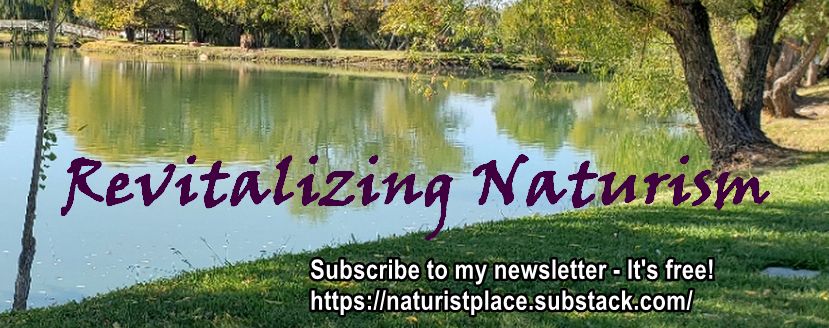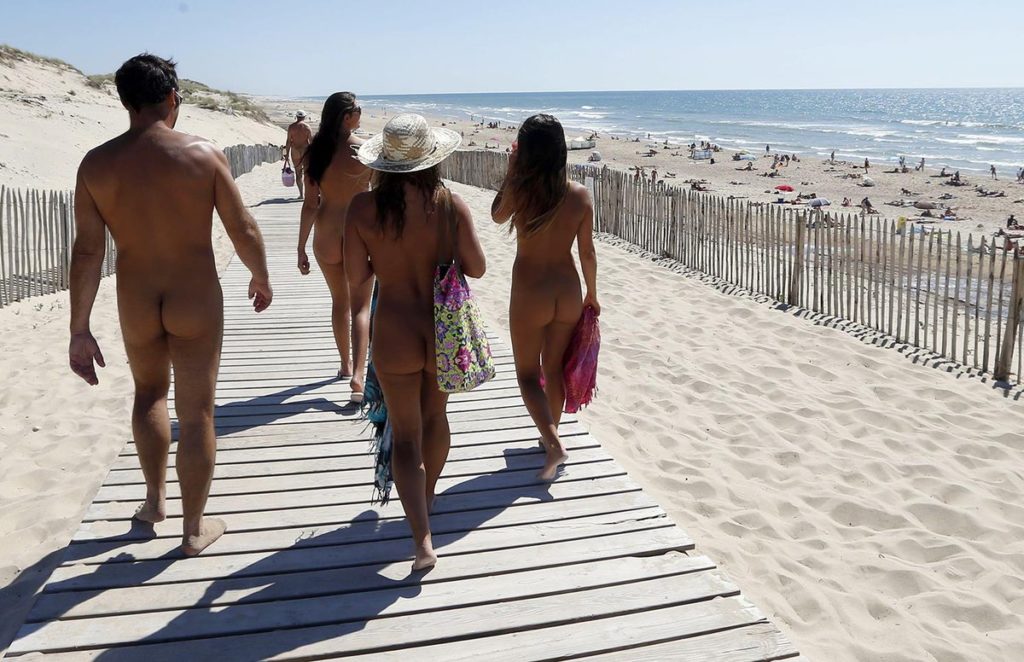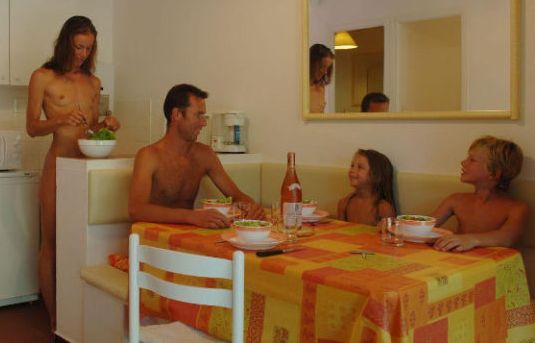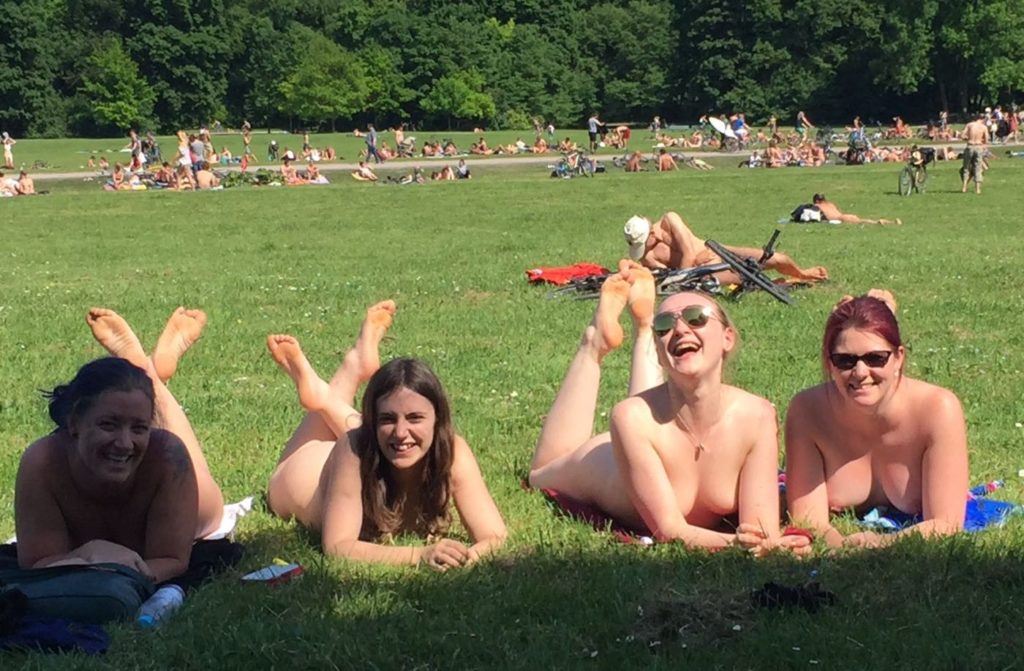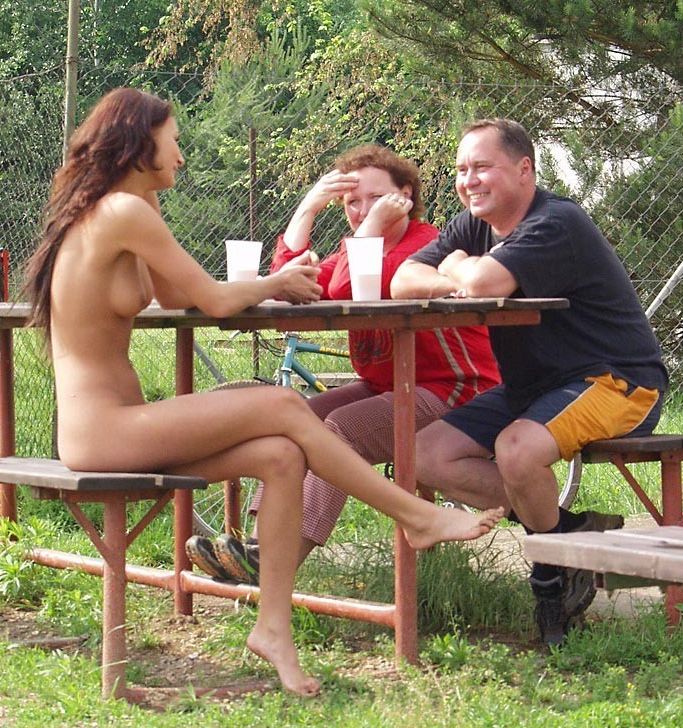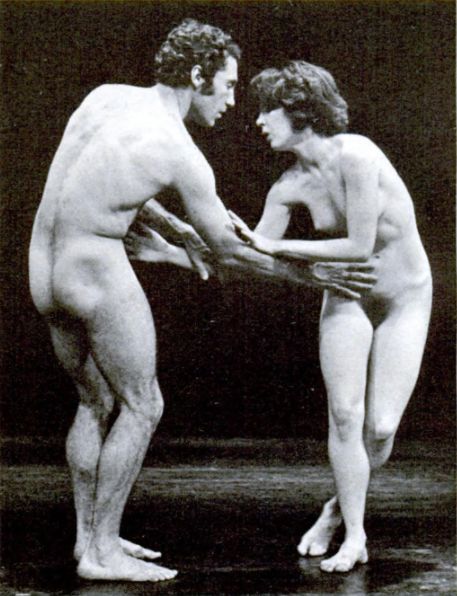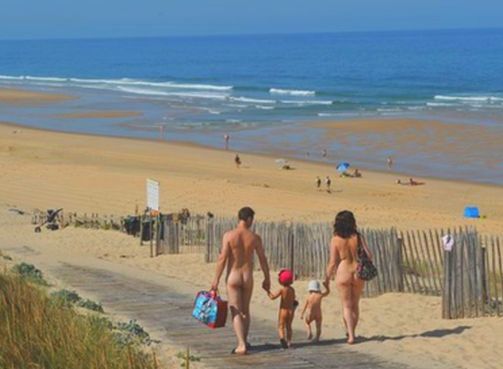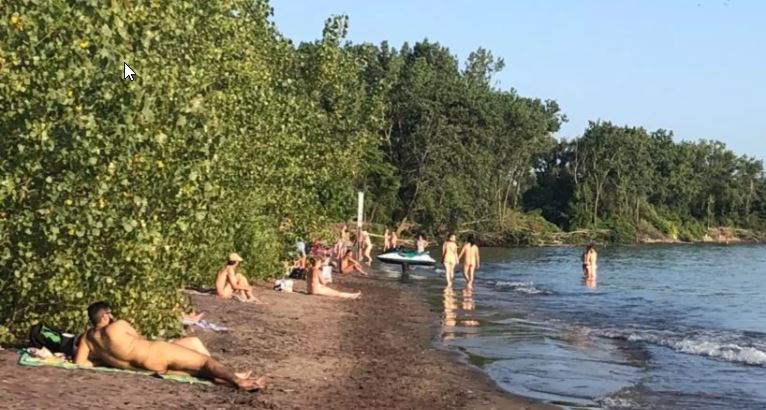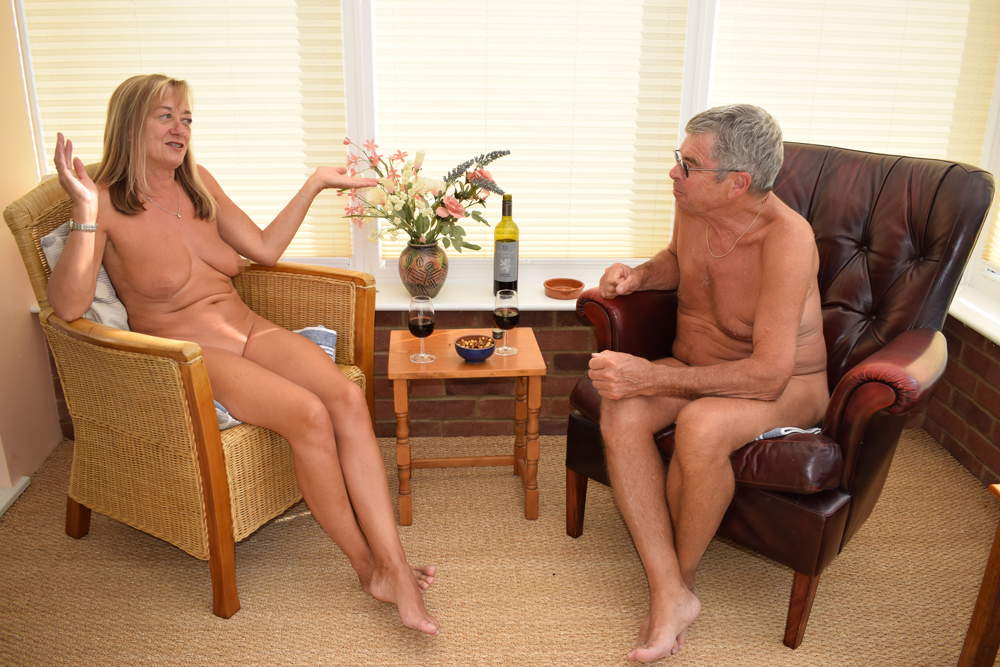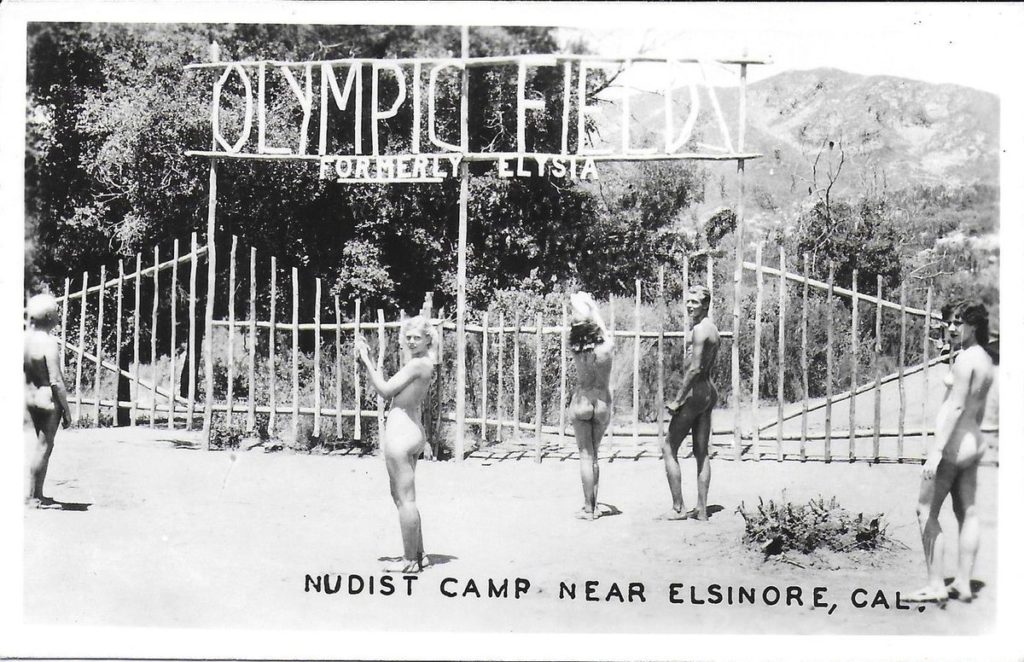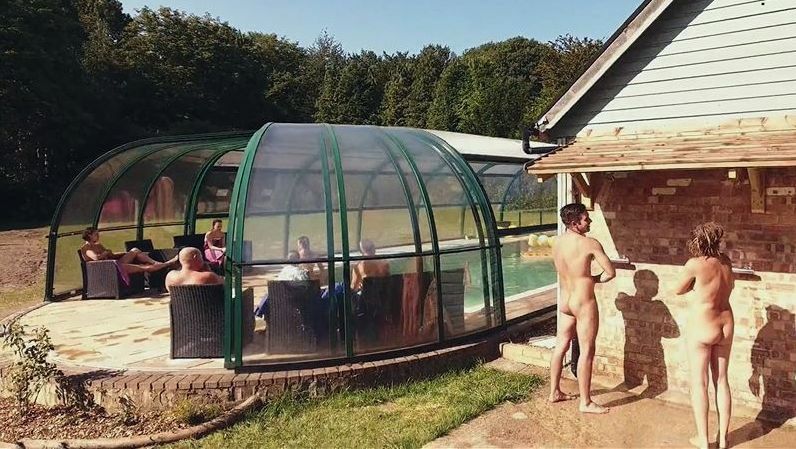
- A First Summer At Sunfolk
In March 2020 British Naturism, Britain’s national naturist organization, purchased a small landed naturist club that had been in operation since 1931, as reported here and here. The property, Sunfolk, is conveniently located about 40 km west of London. It’s also about a 5-minure walk from the better-known Spielplatz, which was founded only 2 years earlier.Perhaps because the club had been overshadowed by neighboring Spielplatz, club members had difficulty in maintaining the facility. BN’s purchase will allow for needed redevelopment and safety work. Although BN will own the property, BN won’t directly manage it. The pandemic precluded naturist use during the summer of 2020, but it provided an opportunity for necessary work to be done more quickly, so normal operation could resume in 2021.
Sunfolk will no longer be a private members’ club, but will welcome members of BN and other naturist federations. BN will also use the facilities as a “campaigning” center where “influencers and policymakers” can learn about naturism first-hand and mingle with actual naturists. BN will also be using the property for naturist events and gatherings.
Unfortunately, naturist organizations in the U. S. haven’t seriously considered doing something similar. In Southern California alone, 4 naturist parks folded during the past couple of decades, as well as a considerable number of others elsewhere in the country. Here in the U. S., we just don’t have any naturist organizations that tried to help.
Realistically, because of large distances in the U. S., one place like Sunfolk would hardly be enough for the whole country. There should be several such places that could be managed like Sunfolk. There’s a desperate need for “influencers and policymakers” to learn what naturism is really like. But U. S. naturist organizations, apparently, don’t see that as part of their mission, or simply don’t care.
- 8 Incredible Experiences In Valley View Hot Springs
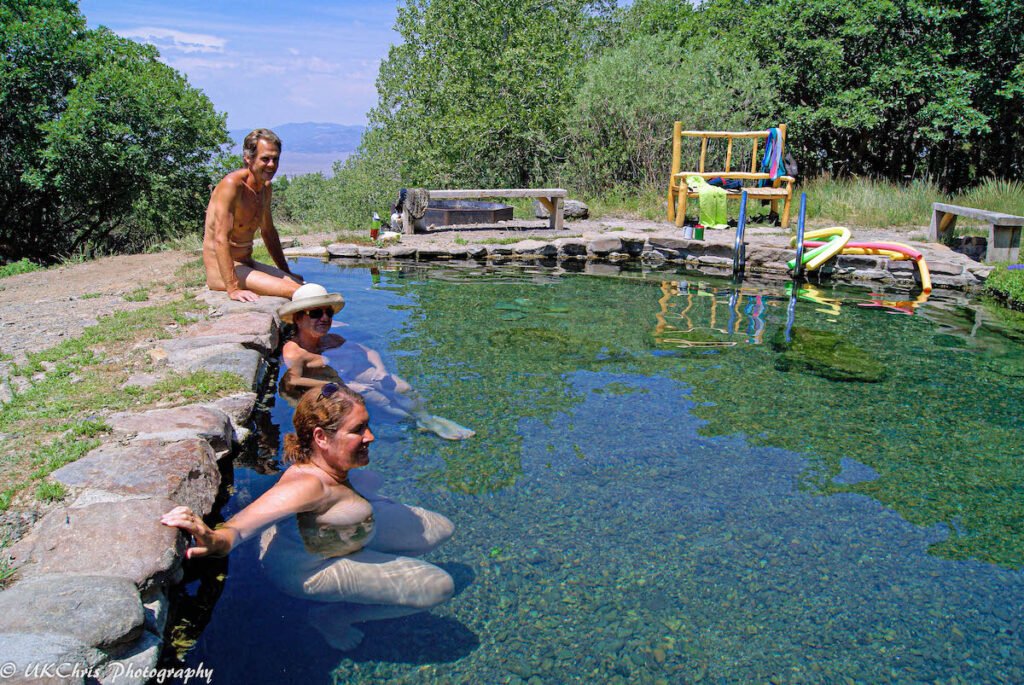
Here’s another naturist-friendly article from the mainstream travel site Travel Awaits. (Earlier articles were mentioned here.) The subject of the article, Valley View Hot Springs, is a 176-mile drive southwest of Denver, through Colorado’s San Luis Valley. Not only the hot springs, but all the experiences there, and the property itself, are entirely clothing-optional. Even the showers in the toilet building are co-ed. What more could a naturist want?
Any textiles who happen to visit unaware of the clothing-optional policies may not want to stay long. Yet, as the article notes, you may well find yourself sharing the place with families and their young children, couples of all ages, single men and women, mothers and daughters, and even some teens. In fact, there are about 11,000 visitors annually, so there’s lots of opportunity to chat and enjoy the company of like-minded others. But with over 2000 acres in the property, you can have solitude if you want it.
What’s there besides the springs? How about, as the article notes, “endless hiking trails”? If hiking naked amid unspoiled natural scenery and vistas appeals to you, this would be the place for it. The springs are located on a 2,200-acre parcel of protected land owned and managed by the Orient Land Trust, which is a non-profit organization, so you won’t have to pay excessively to enjoy your visit. If you do plan to visit, take note of advice in the article about things like making advance reservations, available accommodations, and the fact that there are no hookups or dump stations for RVs.
- Love Your Body: Own how you look in 2021
This article is from the free, “alternative” news magazine Now, of Toronto, Ontario. Being “alternative” means it deals with stories that almost all “mainstream” media would resolutely avoid. “Love Your Body” is actually a once-a-year feature of the magazine, appearing in January.Accepting and appreciating the body one has – even if not exactly always “loving” it – is a concept most naturists understand very well. It’s necessary for people who desire to be completely comfortable and at ease being naked, whether or not in the presence of others. But the article isn’t about naturism per se, even though all six individuals profiled are shown fully and explicitly naked – without any image censorship at all.
The nudity here is totally appropriate, since a major theme (but not the only one) is about how people relate to their bodies. Other themes include feelings concerning gender, ethnic, and life-stage identity. These types of identity are entangled with each other, of course. Physical exposure of one’s body isn’t the only issue here, since emotional and psychological exposure is also involved. These things are often important issues for naturists – especially in the initial stages. However, the physical issues tend to disappear rather quickly the longer one is a naturist. Body acceptance is not only necessary for enjoying naturism, it’s greatly strengthened by naturist activity.
When naturists recommend trying out naturism to a friend, the usual reaction is negative. Possible excuses typically include a belief that allowing others (except for an intimate partner) to see one’s naked body is “immoral”, forbidden by one’s religion, inappropriately “sexual”, “socially unacceptable”, or something similar. Or maybe they fear being considered “exhibitionists” who get a thrill from “flaunting” their naked bodies. But more likely is that most people assume they’d be embarrassed to go naked, since their body isn’t “perfect” enough.
The usual – and appropriate – naturist response is that naturists are unconcerned about the appearance of anyone’s naked body. Why? Because physical appearance simply doesn’t matter, since body shame is psychologically unhealthy and needs to be overcome. Bodies come in many colors, shapes, and sizes. So what? Nudity isn’t just something naturists can get “used to”. More often it’s embraced enthusiastically.
So naturists are able to enjoy nudity’s pleasurable feelings, without concerns that others who respect them – other naturists in particular – might be judgmental about body appearance. Actually participating in naturism may well be the best way to overcome body shame and accept one’s body as it is.
This article from BuzzFeed News provides, on a single page, a summary (with pictures) of each individual’s take on the subject.
- Naturism during lockdown
Donna Price and her husband John are British naturists who’ve been written about here a few times. (Here, here, and here) Donna is now well-known in British Naturism, since she volunteered to help relaunch BN’s Women in Naturism campaign a little over 2 years ago. She’s been a prominent spokesperson for the effort ever since. John is an equally enthusiastic naturist, and like his wife is naked fulltime at home.The news articles cited below seem suspiciously like deliberate PR stories, but that’s OK. Naturism fully deserves fair and accurate coverage in mainstream news media. That’s bound to bring it to the attention of people who’d otherwise have no idea what it’s actually about and may not even recognize the term.
It’s significant that the first article touches on “nude walks” in the countryside, since the next item after this one gives an example of how such activity doesn’t always go too smoothly. Donna says that “the majority of responses they receive from fellow walkers are ‘actually very encouraging’.” And also, the responses are “not shock horror, majority of the time, I can guarantee that. A lot of people just say ‘good morning’ and carry on.” There’s no mention of what the minority of responses are like. If the couple has encountered serious harassment, let alone threatened arrests, they’re not saying. However, it seems likely that a woman out for a naked walk with her male partner is a lot less at risk from hassles than a naked man by himself.
- False arrest for nudity in England
Half the stories here have been from Britain, and that could be since naturism gets considerably more respect there than in the U. S. (or most countries outside Western Europe, for that matter). The stories, however, aren’t entirely positive. Apparently there are still some British folks who haven’t yet been clued in that public nudity usually is legal in Britain, as long as it’s not sexual or intentionally offensive to others.Officers became involved only “after receiving several reports of a naked pedestrian”. A search eventually located the “offender”, an elderly bloke who was strolling naked around rural Waldridge Fell in September, about a mile outside the market town of Chester-le-Street. Police then arrested him “on suspicion of outraging public decency”. Although detained and questioned, he was cooperative and was subsequently released with no further action. The Fell is uninhabited open space. It’s close to, but not visible from, a residential area.
The incident, however, didn’t make the news until three and a half months later, when the naturist Three Rivers Outdoor Club, based in nearby Newcastle, objected to a police Facebook post that summarized the incident but negligently failed to make clear that public nudity was generally legal in Britain. The group maintained that the post had put “them at risk after wrongly suggesting it was illegal to walk around naked.”
A spokesperson for the group told the local newspaper “Our events are usually a liberating and joyful experience, but during one walk last summer, one of the ramblers had water thrown over them, whilst the assailant told the group that they shouldn’t be walking naked in public. It is wrong for Durham police to post misleading reports that suggest that public nudity is illegal, and it puts us at greater risk of harassment in future.”
It’s interesting to read the comments on that Facebook post. Most are supportive of the naturist position. But a few are from the usual dimwits who agonize “but think about the innocent children who might see any naked people!” Even in Britain there are still some who are ignorant of both naturism and the country’s laws.
- Furious naturists blast Durham police for arresting elderly man who was walking naked through countryside – insisting being nude in public is NOT a crime
- Naturist club accuses Durham police of putting members at risk after Facebook post of nudity arrest
- Naturists criticise Durham police over Facebook post about arrest
- 10 Benefits of Sleeping Nude You Should Know

Last, but not least, here’s yet another article on the benefits of sleeping naked. The concept hardly comes as a surprise to almost all naturists. But it’s interesting how often it’s mentioned in more-or-less mainstream media. (See here for more references.) As noted in those references, sleeping naked can be a “gateway” to naturism. Perhaps naturist organizations should focus more on that and other gateways, such as naked yoga, naked hiking, naked exercise, naked life modeling, skinny-dipping in remote places, body painting, etc.All these things (mostly) encourage full nudity, but usually outside of traditional naturist venues or in private homes. Naturists, of course, probably enjoy some or many of these things. People who have no problems participating in such activities ought to be comfortable with at least some forms of organized naturism. But it would be good if individual naturists and naturist organizations made more efforts for outreach via gateways to others who know little if anything about traditional naturism.
